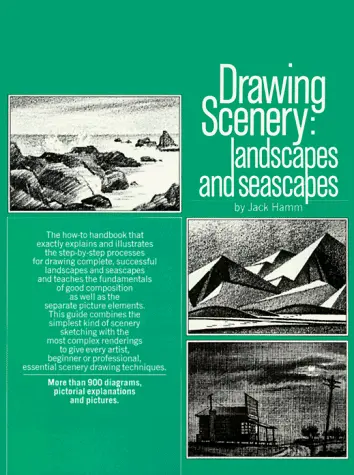For just getting the painting-studies-from-life fire lit under you, I recommend Hawthorne on Painting : https://store.doverpublications.com/0486318745.html — it’s a collection of lecture notes from the cape cod school of art, and there’s no pictures, and that seems so counterintuitive, but the sheer passion for light and colour that shines through honestly is really inspiring. The core concept I took from it is that a painting study doesn’t require expert knowledge of anatomy, perspective, structure etc; just a passion for seeing colour, and then putting the right colour down in the right shaped mark in the right place; a simple and infinitely difficult skill to learn and a great way to get out of your own head when the subject matter feels overwhelming. It’s a very affordable little pocket-sized book and you can likely track down a used version as it’s been a classic for a long time.


For more visual instruction, another classic-and-affordable book I have used to the point of disrepair is Jack Hamm’s Drawing Scenery: Landscapes and Seascapes : https://www.penguinrandomhouse.ca/books/352897/drawing-scenery-seascapes-and-landscapes-by-jack-hamm/9780399508066 — it starts with the bare bones of composition, but it goes into amazing detail on all sorts of elements of scenery from trees to skies to lighting and more. I keep his spread of Types of Clouds bookmarked for easy reference!
And for the fun of discovery and clear, direct instruction, I’ve really liked the Think When You Draw books : http://theetheringtonbrothers.blogspot.com/ — while this isn’t my personal visual style, they have such great, punchy, memorable instruction on such a huge, wide array of subjects, it’s been a great tool to get me over the “okay but cars/bikes/horses/spaceships are HARD” etc threshold!


And finally for figure drawing, the book that really unlocked drawing people for me was Ron Tiner’s Figure Drawing Without a Model : https://www.scribd.com/doc/103174602/Ron-Tiner-Figure-Drawing-Without-a-Model — he covers a few different mental models of the figure to help build it from the ground up in your mind, and he connects these models very clearly to real life anatomy, drawing from life, and character design. Again, not a visual style I personally pursue, but immensely useful concepts that I still use today, 24 or so years after I first read this book, whenever I draw without a reference.
And I always recommend hitting up a used bookshop or two for some collections of art that inspires you — even if it isn’t your chosen medium, or subject matter, or style, if it gets your brain running then why not spend some time with it and see what you can get out of the book? Personally I always come back to my collections of Frank Frazetta, Rodney Matthews, Edward Hopper, Gian Lorenzo Bernini, and Caravaggio artwork, and most of those were random used bookshop discoveries.
Hope you find some great inspo and have fun exploring art further and further!

Leave a Reply